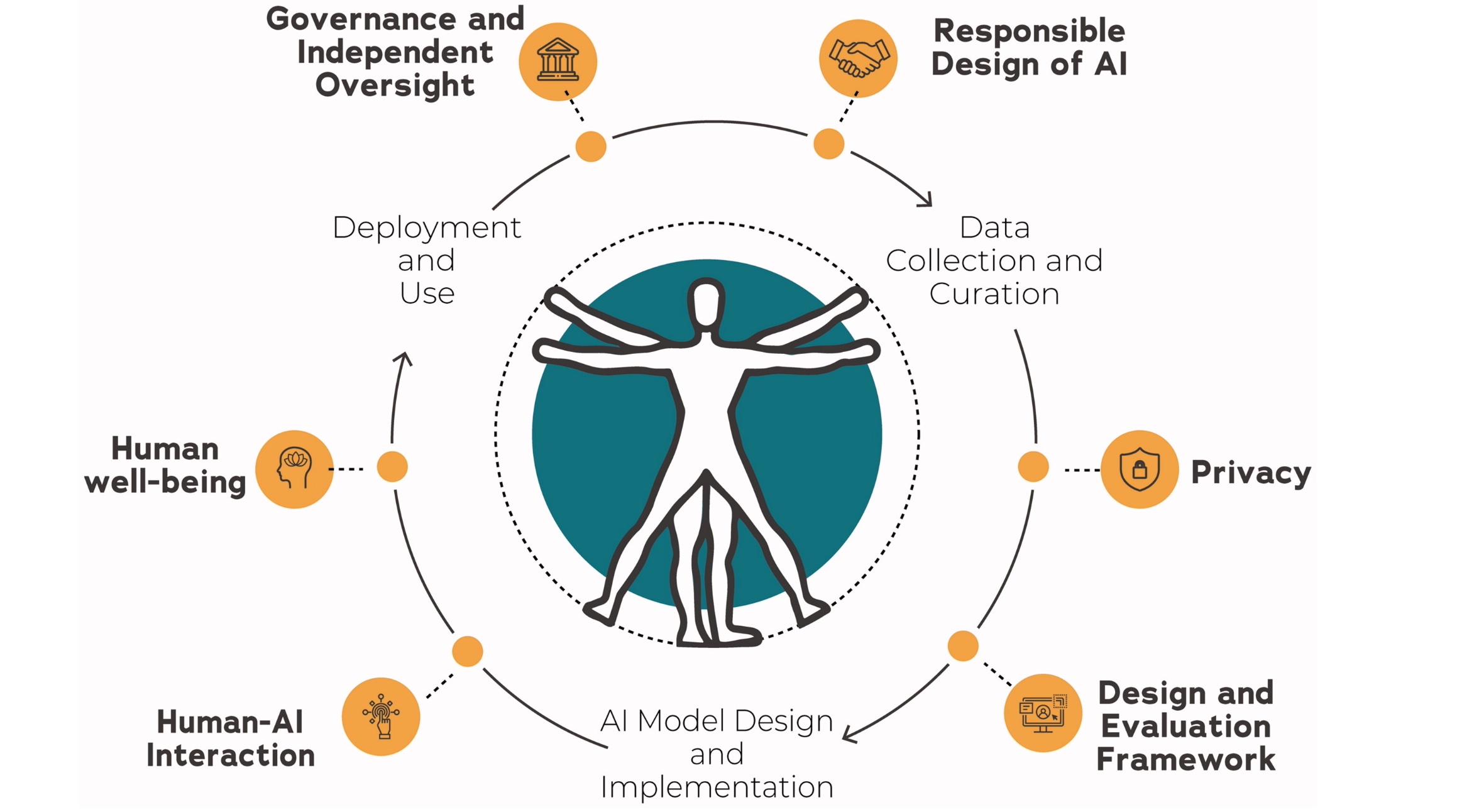
HCI Lecture 4 : HCI Researcher

Ben Shneiderman
For this Lecture 4 of my HCI class, I decided to present to you Ben Shneiderman, a pioneering figure in the field of Human-Computer Interaction (HCI).
Ben Shneiderman is a renowned and influential figure in the realm of Human-Computer Interaction (HCI). Born on August 21, 1947, in New York City, he has made substantial contributions to the field throughout his distinguished career. Shneiderman’s educational background includes a Bachelor’s degree in Mathematics and Physics from the City College of New York and subsequent graduate studies culminating in a Ph.D. in Computer Science from the State University of New York at Stony Brook.
His impact on HCI is immeasurable, particularly in the areas of information visualization, user interface design, and the promotion of user-centered computing. Shneiderman is widely recognized for his concept of “dynamic queries,” which allows users to interactively explore complex datasets. His book, “Designing the User Interface: Strategies for Effective Human-Computer Interaction,” serves as a foundational text for HCI practitioners and students, offering valuable insights into user-friendly interface design. Additionally, he co-invented the tree-map, a visualization technique widely used in data representation.
Beyond his academic contributions, Shneiderman has been an advocate for responsible technology use and ethical considerations in HCI design. His mentorship and educational roles at the University of Maryland have nurtured a new generation of HCI researchers and designers. Ben Shneiderman’s ongoing work and influence in the field continue to shape the way we interact with technology.

In one of his latest works, Ben Shneiderman highlights the profound impact of artificial intelligence (AI) technologies on the human condition and the pressing need to address the negative unintended consequences arising from their widespread adoption. Shneiderman, along with a group of 26 experts in the field of human-centered artificial intelligence (HCAI), identifies six grand challenges for the scientific community to create AI technologies that are human-centered, ethical, fair, and ultimately enhance the human condition.
These grand challenges call for an AI approach that revolves around human well-being, responsible design, privacy protection, human-centered design principles, appropriate governance, and respect for human cognitive capacities. The objective is to steer AI development in a direction that not only benefits society but also ensures fairness, equity, and sustainability.
Shneiderman emphasizes the need for a shift towards a more human-centered AI paradigm, particularly in areas where AI has already left its mark. For instance, in healthcare, AI has improved diagnosis and treatment but introduced biases in automated decision-making, disadvantaging certain demographic groups. Similarly, criminal justice, education, technology, and finance sectors have witnessed instances of algorithmic biases in decision-making processes.

Shneiderman’s vision for human-centered AI is not one where machines replace humans but rather augment and improve human capabilities and experiences. He advocates for AI systems that are accessible, understandable, and trustworthy, allowing for high levels of human control and automation to coexist.
This human-centered approach to AI requires interdisciplinary collaboration, drawing from fields such as HCI, machine learning, software engineering, sociology, ethics, law, bioengineering, and policy. The goal is to ensure that AI aligns with human values, protects human safety, and preserves human agency.
In conclusion, Ben Shneiderman’s work underscores the importance of making AI technologies more human-centric to create fair, equitable, and sustainable societies. His six grand challenges provide a roadmap for future research and development in AI, emphasizing the need for responsible, ethical, and human-centered AI systems.